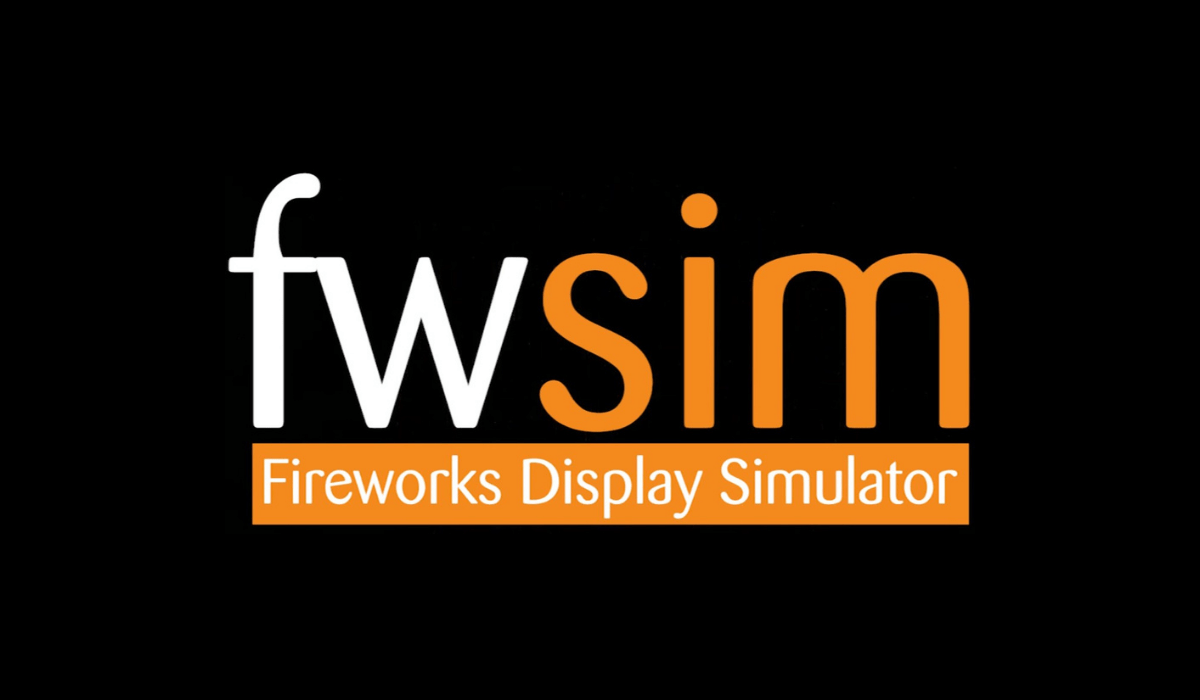

It can also result in the model not being shown in the Enscape viewport, despite a placeholder being shown in the CAD.


A model with more than 20k polys may be successfully imported, but you will be given a warning message that the model may affect performance and that the asset may not be visible in the Asset Editor Preview window meaning a thumbnail can not be generated for the custom asset, which is needed to generate the asset to the library in the first place. Model files to be imported should be low polygon models that, for performance reasons, should have less than 20,000 triangles (also referred to as 3 sided, or 3-point polygons). As these constitute the most common cross-platform industry standard formats, in theory, a model that can be converted to one of these formats can be imported into the Custom Asset Library. Only the file formats *.gltf, *.obj or *.fbx can be imported to the Custom Asset Library. To understand how to place and transform your custom assets in the CAD or in the Enscape Viewport UI, please refer to this article. NOTE: In order to use this feature successfully it is strongly recommended that the user should have a pretty solid understanding and at least some experience of low poly modelling.

Alternatively, via the button in Enscape Viewport User Interface (UI), or via the keyboard shortcut, which will result in the Asset Library panel being opened within the Enscape Viewport. Although, a free seat must be available if you are using an Enscape Floating License. The Custom Asset Library is accessible in the same way as the Enscape Asset Library, that is, via either via the Asset Library button in the Enscape Toolbar in the associated CAD, or via the top-level menu in the CAD, either of which will open an independent dialog when using an Enscape Fixed Seat License. The Enscape Custom Asset Library is an additional option for users who want to place their own custom assets into their projects.


 0 kommentar(er)
0 kommentar(er)
